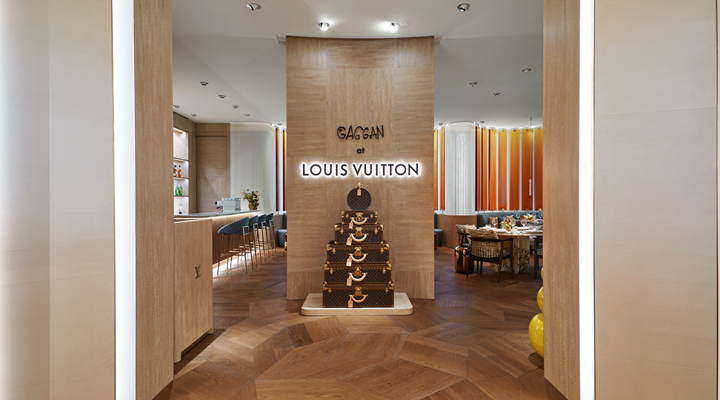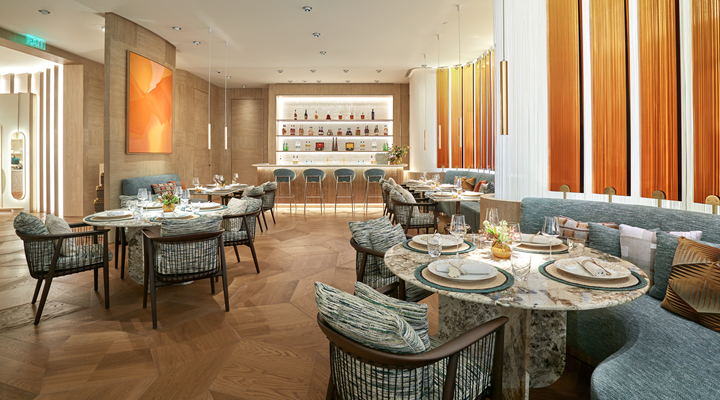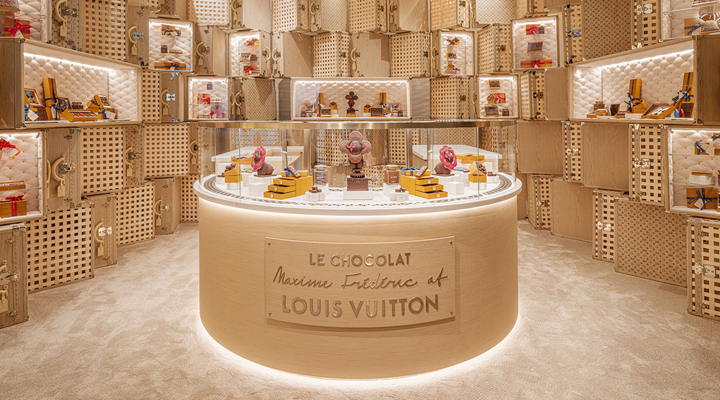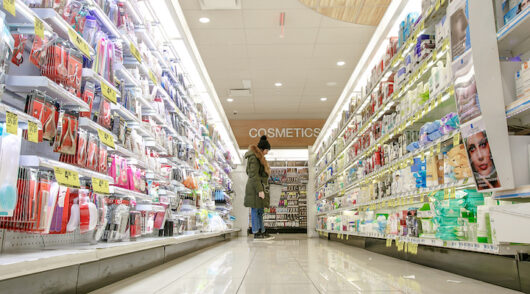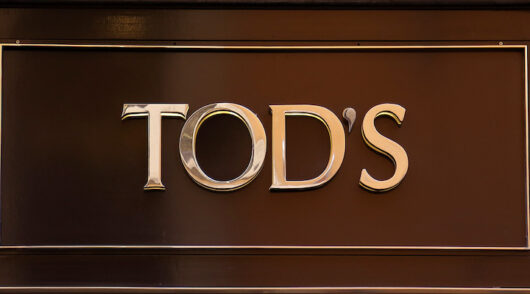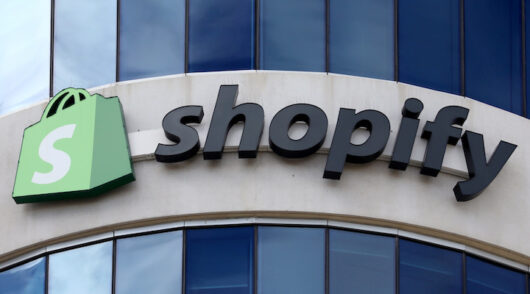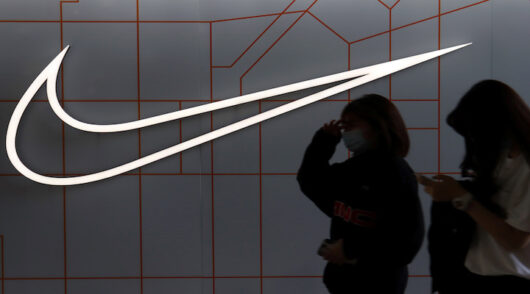After a significant rebound last year driven by China’s revenge spending, this year the luxury sector has entered a season of mixed results with stalling demand in Asia and changing consumer spending preferences. High-end brands are now exploring additional ways to deepen their relationships with affluent consumers and enhance their brand appeal. Experiential marketing has become a key trend.
Although food and beverage associated with fashion brands is not a new phenomenon, key Asian luxury markets, such as China, South Korea and Japan, have witnessed a notable increase in luxury fashion brands launching food and beverage concept stores during the past year.
Last November, French luxury brand Ami Paris opened its first cafe concept store ‘Le Cafe Ami’ at Taikoo Li South Plaza in Beijing. Earlier this year, Italian Maison Acqua Di Parma brought the Acqua di Parma Yellow Cafe designed by Dorothée Meilichzon to Seoul’s Lotte Anevue Jamsil.
“Asian consumers are becoming more ‘experience-driven,’ and therefore brands also need to operate on the experiential level,” said Parthasaradhi Reddy, consumer lead analyst at GlobalData.
Meanwhile, Southeast Asia has seen more luxury fashion brands venturing into the food and beverage space to target the region’s rising ranks of affluent consumers.
Louis Vuitton recently brought the ‘LV The Place Bangkok’ concept store to Gaysorn Amarin, the first eatery of its kind in the region. Spanning two floors, the store is home to an immersive exhibition, a cafe, a retail store and a restaurant helmed by Indian chef Gaggan Anand. The store captures visitors’ attention with facade-mounted giant diamond shapes that glow at night.
Meanwhile, in Singapore, the French luxury house launched its first Louis Vuitton chocolate shop outside France dubbed ‘Le Chocolat Maxime Frederic’. Unique creations proposed by the master chocolatier include Vivienne on Malle, The Petula and Monogram tablets.
“LVMH is tapping into this consumer desire to escape predictable and mundane brand engagements in favor of more intimate experiences with 27 per cent of Asian millennials affirming that they find novelty or uniqueness an essential feature when making purchase decisions,” Reddy said.
Besides LVMH, Ralph Lauren also opened a new cafe outlet at Shaw Centre on Orchard Road, less than a year after the launch of its first Ralph’s Coffee at The Shoppes at Marina Bay Sands, joining the brand’s group of restaurants and cafes in key cities around the world, including Hong Kong, Malaysia and Beijing.
Last month, US fashion label Coach ventured into the hospitality industry with the launch of The Coach Restaurant and Coach Coffee Shop, designed by Coach creative director Stuart Vevers in collaboration with William Sofield of Studio Sofield, at Grand Indonesia Mall. The location was reported to be one of several dining destinations scheduled by the labels this year and beyond.
Is it purely a marketing strategy?
GlobalData said the key consumer base for the trend includes young shoppers who look for opportunities to interact with brands on a more personal level.
According to GlobalData’s research, 28 per cent of Gen Y and 25 per cent of Gen Z respondents said new experiences associated with product purchases are essential to them, fuelling opportunities for luxury maisons to cross over into other sectors and create exclusive experiences.
Tim Hill, key account director at GlobalData Singapore, said additional sensory aspects help luxury houses create deeper bonds and build loyalty among consumers.
“The experiential aspect has been gaining even more importance in the luxury market, as consumers value the immersive shopping experience in specialist boutiques and outlets, making room for brands to redefine luxury in the Asian market to drive sales. As the trend catches the fancy of more consumers, more luxury brands will venture into the food service business,” said Hill.
However, other elements are also taken into consideration.
Guy Llewellyn, assistant professor of EHL Hospitality Business School, said fashion luxury brands are now pivoting their brand image from product-centric to lifestyle-focused.
“Fashion brands want to reposition themselves as being a part of the customer’s persona, not only an accessory or article of clothing,” said Llewellyn.
“If fashion brands can showcase what it means to be part of that brand and connect with the customer through food or beverages, then customers will want to live the life of the brand, which deepens the connection and strengthens brand loyalty.
“A second reason brands have started offering food and beverage options is to optimize the customers’ dwell time,” he continued. “Dwell time is the amount of time customers stay within the store; if brands can increase the amount of time customers stay within their premises, they can continue to promote and suggest merchandise, allowing customers more time to see and consider what they would like to purchase.
“If a customer leaves the store to think about a potential purchase, it is less likely that they will come back, but if they consider it over lunch or coffee within the store, there is a higher probability of purchase.”
While the profit margins of food and beverage operations are slim, the concept can help brands diversify their revenue streams, he added.
Amid fierce competition, differentiation is key
“These brands need to be true to themselves and present their heritage and origin through what they offer,” said Llewellyn. “Those with origins in a small French or Italian town should showcase those local flavors, deepening customers’ connection.
“Exclusive partnerships with established chefs to create and design their menus allow for a strong marketing campaign and customers to come first for the food and stay for the shopping rather than for the shopping and stay because they are hungry. Having monthly exclusive events for top clients or for product launches also allows them to stand out from the other brands.”
However, Llewellyn warned brands need to ensure the food and beverage offer aligns with the brand – if not, there is a chance to dilute their image.
“Ralph Lauren has done a commendable job of incorporating Ralph’s Coffee and The Polo Bar in the same realm Tommy Bahama has the Marlin Bar in certain shopping locations, providing a casual laid-back location for a drink with the same music and atmosphere as their clothing brand represents,” he said.
“The partnership between Gucci and Massimo Bottura, Tiffany’s and Daniel Boulud showcase the partnering of brands with Michelin-starred chefs, and in Gucci’s case, showcasing high-end Italian cuisine, enhancing the origins of the Gucci brand from Florence, Italy.”
Those examples underline the potential for success from luxury brands expanding into food and beverage internationally. Thanks to brands like Louis Vuitton, Ami Paris and Acqua Di Parma Asian consumers are now getting a taste of what’s to come.
This story first appeared in the May 2024 issue of Inside Retail Asia magazine.

